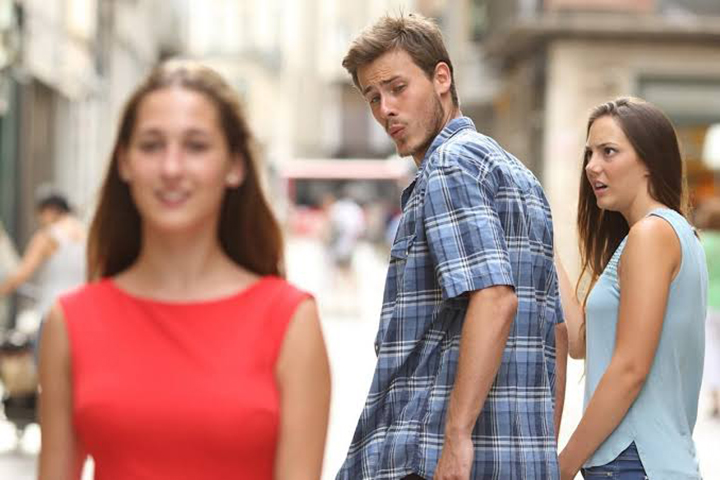There are now experts dubbed ‘meme scientists’ who are studying the whys and wherefores of memes, as companies and filmmakers want to use them as promotions. Popularity depends on whimsies of netizens and shared experiences
Binod! Heard this before? A seemingly normal, mundane name becomes an interesting talking point on the internet this month. Every social media team, from streaming platforms to alcohol brands latched on to it, as becoming part of the trend while subtly marketing the brand — is the well-tested strategy.
The remarkable thing about these internet memes is how they spread. They spread like a ‘viral outbreak’ and with funny connotations that people associate them with, even when originating from very boring monotonous happenings — the new Binod trend is a telling example of it.
On 15 July, on a YouTube channel Slayy Point, its creators Abhyudaya and Gautami made a video exploring comments on YouTube videos which they called ‘garbage’. It was titled “Why Indian Comments Section is Garbage (BINOD).” That is because among all the comments they noticed, a very prosaic comment by Binod Tharu, who just wrote his name under one of their videos, baffled them.
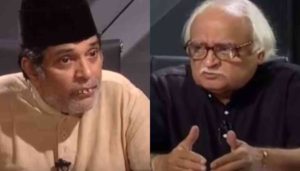
Later many other YouTubers noticed that, on their videos too, that this man has written just his name and from there it became a new internet meme.
It spread like a highly infectious outbreak everyone else was talking about, and a question started looming: Why did Binod become this big a trend? What was so special about it?
For that reason, social media contagion seems to be an interesting topic. The seething urge to be part of every trend is the pretext of memes going viral. Aditi Vashistha, a researcher in Delhi University gives an explanation, “Memes provide a relatable template from which everyone can take their own meaning. while most art forms fail to give that wide scope. If a director makes a movie, that movie has limited meaning and to relate with it completely is not possible but some scenes, dialogue can provide a template to draw out meaning. When it is widely shared, that popular trend is called meme.”
Since memes spread like a disease outbreak, it also must have a reproduction number (predicting the number of people a disease will infect) — how many people will a meme influence? How many of them would feel it worthy enough to share again? These are interesting questions to look upon to understand the rise and fall of a meme.
If we go to the origin of the word meme, ethologist Richard Dawkins introduced the concept of ‘memes’ in his book The Selfish Gene (1976). That later became part of popular terms: “an image, video, piece of text, etc., typically humorous in nature, that is copied and spread rapidly by Internet users, often with slight variations.”
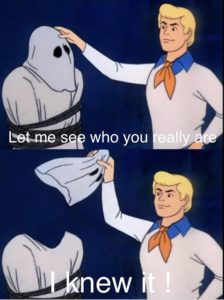
When Wired asked Dawkins about appropriation of the word ‘meme’ in popular culture he said, “I did actually use the metaphor of a virus. So when anybody talks about something going viral on the internet, that is exactly what a meme is and it looks as though the word has been appropriated for a subset of that.”
Debadrita Saha, Research Scholar, finds humour as central for a meme to become viral,”Humour is the tool which is often used to provoke laughter and provide amusement. It is a great tool to critique the people in power, as humour is understood as something which is supposed to be taken lightly. In spreadable media(social media) memes are mainly shared on the basis of shared experiences. One generally shares a meme when they connect with it. A lot of it depends on the connected emotion.”
Scholars borrow insights from Darwinian theory of evolution and apply it to understand memes on the internet — memes compete with other memes by their capacity to be more relatable and humourous in a given context. The victorious survive and go viral. Shontavia Johnson,Professor of Intellectual Property Law, Drake University in her article argues, “Memetics is about more than just what makes a thing popular. The strongest memes – those that replicate in the most minds – are the ones responsible for creating human culture.”
In September 2017, a meme page on Facebook, Shitindiassay organised an event at the heart of Delhi, CP, “Shouting Bolna Aunty Aau Kya in CP”. Nobody would have initially believed in such an idea but around 13,000 people showed interest, and to everyone’s surprise hundreds of young boys and girls turned up for the event and shouted the cringe-worthy rap songs ‘Aunty Ki Ghanti’ about a young boy’s infatuation with an older woman.
This ‘Aunty Ki Ghanti’ was a much popularised mindless meme template of 2017, a rap song uploaded in 2015 by a young rapper Omprakash Mishra. The video remained hidden until someone noticed it and it went viral with meme after meme made using this template.
Not just Mishra, Nagarpalika guy, Government Aunty, Ramdev’s Yoga posture, Sonum Gupta bewafa hai–the one where presumably a jilted lover has written these lines, has been an interesting meme that has captured the minds of indians.
Although many of these memes may be the result of personal prejudice, gender bias and communal mindset, above all they are contagious. They go viral within a matter of minutes. So there must be some keystone or super-spreader happening, as in the case of a pandemic outbreak. And it is relatively easy in the case of social media memes to say what was the keystone event. For instance in the case of “Binod memes”, the video on YouTube channel Slayy Point can be called the keystone event.
However, these superspreader events are not well known about internet memes, especially in India. People don’t know how a meme became an outbreak. For instance, nobody knows who shared the Government Aunty meme first that went viral.
Every meme has an intrinsic quality. Professor Michele Coscia of Harvard university argues that similarities-based memes are less likely to go viral, “Intrinsic quality of a meme allows researchers to detect meme characteristics and use them to objectively explain why a meme is popular, or having an educated guess about which memes are going to be popular, in the absence of the social network they are shared through,” he writes.
If someone copies, say, the style of the controversial Hindustani Bhau, where he abuses and threatens people, there are very few possibilities of going viral. Though Shubham Mishra’s video that landed him in jail has arguably different reasons to go viral — it went viral due to the content and what he said, it didn’t become a meme, even when he followed the same template. Very few shared snippets from his videos.
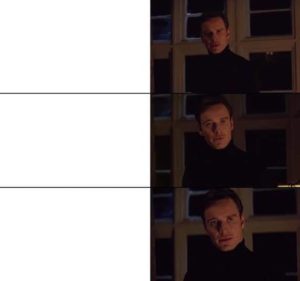
When Binod became a thing, many tried commenting with just their name on the YouTube videos but that couldn’t grab the eyeballs of netizens, as it was an attempt to replicate the original meme.
In 2017, during the promotion of his movie Hindi Medium late actor Irrfan Khan imitated the popular meme templates but still the earlier templates were more viral than those that he, along with comedy company AIB, produced.
Bradley E Wiggins, G Bret Bowers in their paper identified three categories of memetic transformation: spreadable media, emergent meme, and meme. The spreadable memes are the original meme — for instance the original meme video of Nagarpalika Guy until his image or video was used as a template for other messages of the same emotion. The emergent meme is the most popular meme category — they are memes shared in popular templates like that of “meme of the reaction of a Pakistani fan” with different words in different languages to convey the same kind of feeling.
Even though these memes keep occuring again and again, they don’t stay forever. Saha says, “A meme dies when people cease to share it but it may reoccur. For instance, on Facebook, a meme shared 10- years ago would again pop up as a memory. If someone finds it relatable, they will share it again as the viral nature of memes depends on human emotions and shared experiences.”
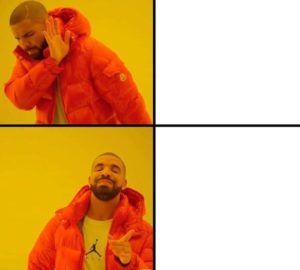
The lifespan of a meme is dependent on the medium on which it is shared. Ari Spool, whom VICE calls a meme scientist, said in an interview, “It seems more related to the platform from which the meme originates. Things that originate on Tumblr seem to stay on Tumblr most of the time, which causes them to have a pretty short lifespan. The joke doesn’t spread off the Tumblr platform that frequently because it doesn’t have that universal quality. Vine memes are even shorter; they often last less than two days, and it’s possible to track Twitter hashtag memes to the hour.”
The re-emergence of the meme after a halt or when a star of the viral meme redoes the same thing hardly gets popular attention as the original meme did. This happened in a lot of the cases–the Pakistani kid who went viral with “Peechhe toh dekho” never got the same attention with new memes on him.
Since memes are part of popular culture, political parties often try to bank upon them too. The recent Delhi election and meme war — that included music, imitation videos, morphed pictures played an important role. It may or may not have impacted the outcome of the election but it did engage youths at large.
In the 2014 election too, memes were as much a part of the campaign as anything else. The popular meme templates like “Janta Maaf Nahi Karegi” “Abki baar Modi Sarkar” were widely shared. Unfortunately, there is no study on memes that were used in political campaigns in general in India.
Memes in politics are a dominant theme and used in both pro- establishment and anti-establishment discourse. People often use them for sending a pointed message. In Indian politics, memes are employed to build an image and destroy the image of a leader.
Aside from politics, sharing relatable memes is the favourite time pass for millennials and Generation Z on the internet. There are pages dedicated to memes attracting people to share their stuff in millions. People are making careers out of it.
(Cover: A meme template which has been widely used around the world)

